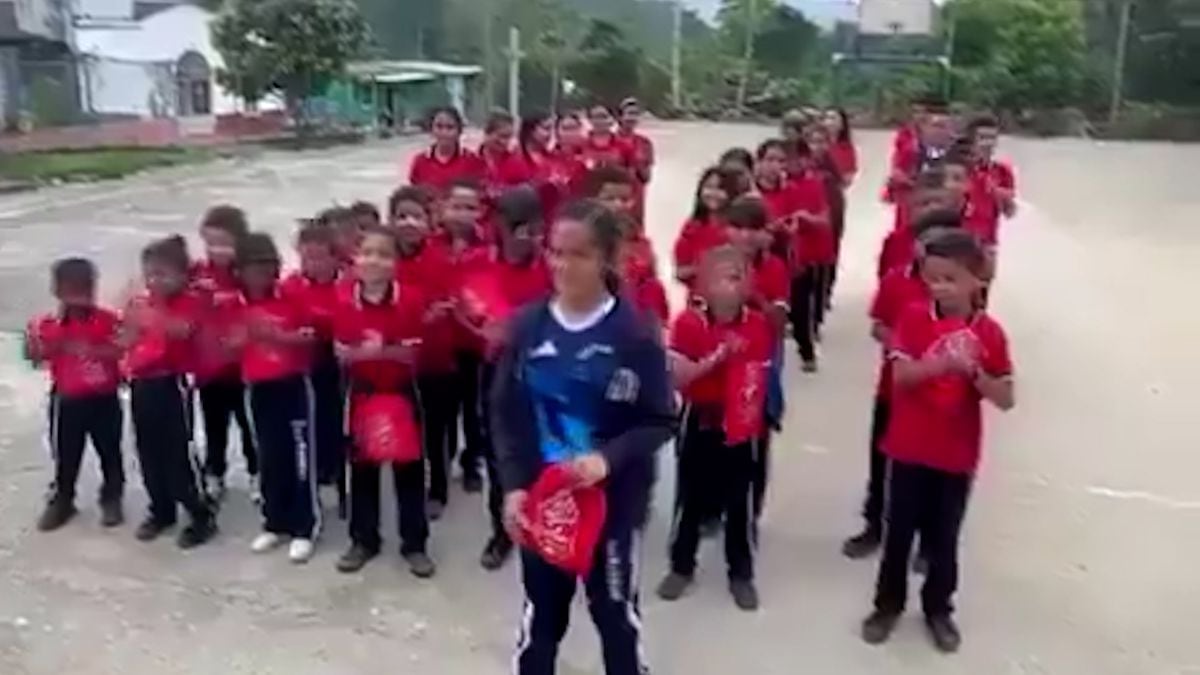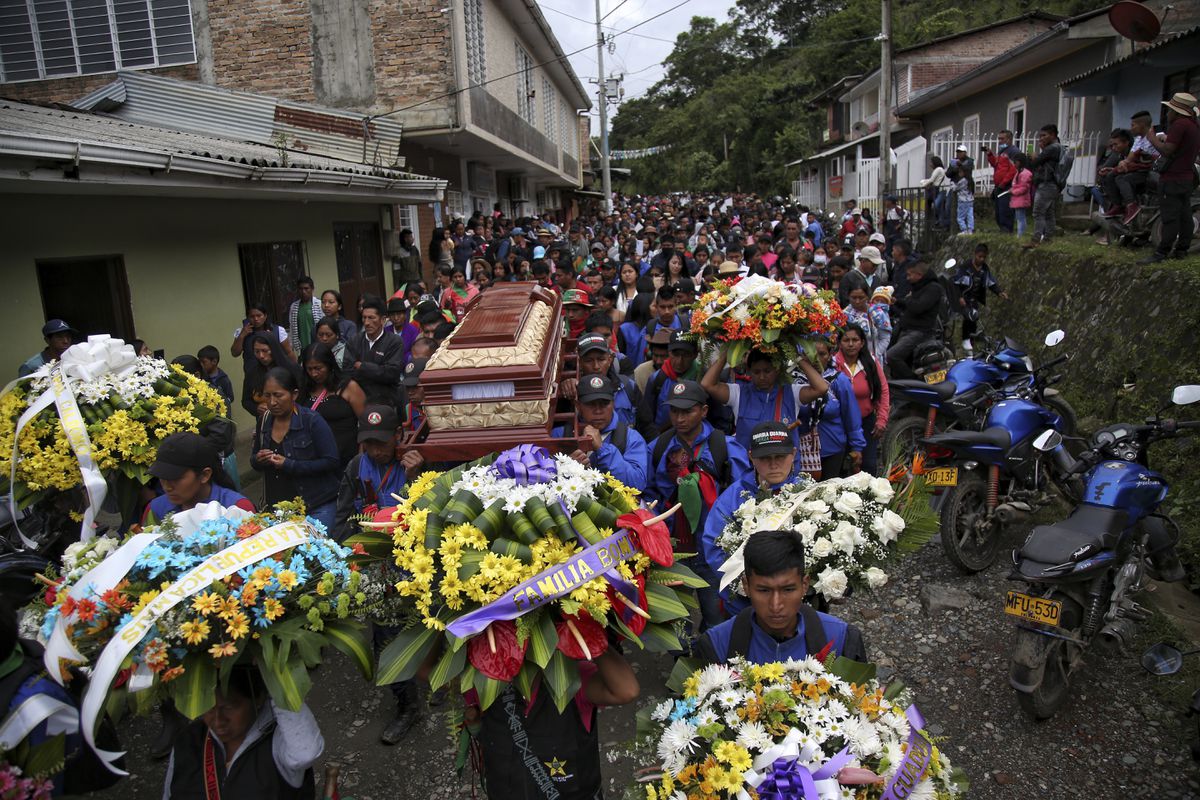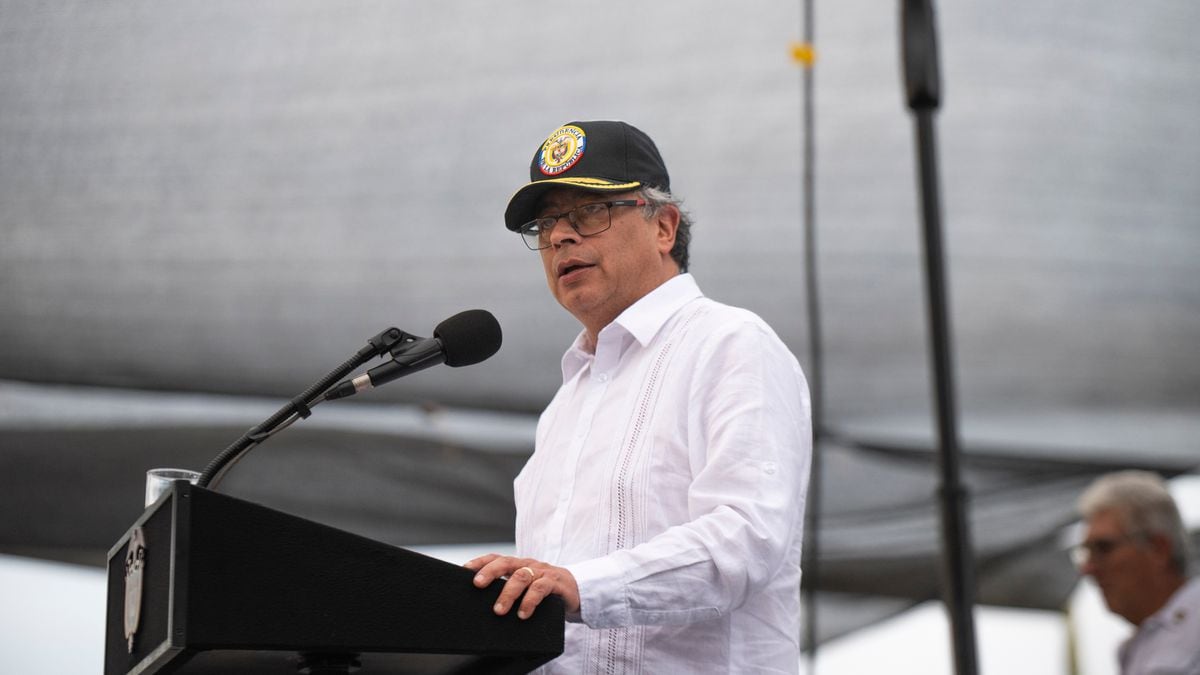Miguel Botache Santillana, alias Gentil Duarte, head of the dissidence of the FARC.COLPRENSA
Miguel Botache Santillana, alias Gentil Duarte, the most powerful of the FARC dissident leaders who left the peace process, has died on the other side of the border with Venezuela, according to the Colombian press.
The newspaper
El Tiempo
publishes this Wednesday that this old warlord, for whom the Government offers a reward of 2,000 million pesos (slightly more than 500,000 dollars), died as a result of an attack with explosives in the state of Zulia, according to sources confirmed. on both sides of the boundary line.
According to the first hypotheses, corroborated by international intelligence agencies, Gentil Duarte's death occurred in circumstances similar to those of other bloodthirsty dissidents of the extinct FARC guerrilla who took up arms again: Jesús Santrich;
Hernán Darío Velásquez, alias
El Paisa;
and Henry Castellanos, alias
Romaña
.
All have died in the last year in confused attacks in different parts of Venezuelan territory, near the border line, although the last three belonged to the Second Marquetalia, the dissidence led by Iván Márquez, who is waging a bloody war with the structures of Gentil Duarte.
The dissident chief, who mistrusted his own men, arrived in rural Zulia state in November, trying to escape persecution by authorities in Colombia.
There he sought the protection of another ringleader, John Mechas, who placed him in a camp 14 kilometers from the border.
That camp, according to
El Tiempo
, which accessed photographs of the place, was infiltrated by unknown persons and in the early hours of Wednesday, May 4, the shack in which Gentil Duarte slept with his girlfriend exploded.
Although he became a negotiator at the Havana dialogue table, Gentil Duarte was one of the first dissidents to withdraw from the peace process.
Former commander of the FARC since the late 1990s, to whom his former colleagues recognize both political and military capabilities, he had become the most wanted man by the Colombian authorities.
Being the oldest dissidence, theirs is also the one with the most legitimacy among those who never laid down their arms, the one that has been able to consolidate the most militarily and economically, according to experts.
The phenomenon of dissidence began even before the signing of the agreements, which are now more than five years old, when a part of Front 1, one of the most representative of the FARC in three departments in the southeast of the country –Vaupés, Guaviare and Meta–, under the command of
Iván Mordisco
, withdrew from the process in mid-2016. That announcement caused the FARC leadership, which by then was finalizing the details of the negotiation in Havana, to expel five commanders, including Gentil Duarte, whom he had previously sent to try to bring order.
Since then, various factions, joining an archipelago of armed groups trying to occupy the space abandoned by the rebels, have emerged in different regions of Colombia.
Until the news this Wednesday, which has not yet been officially confirmed by the authorities, Gentil Duarte's side seemed to emerge as the winner of this bloody confrontation between dissident factions.
In this war for illegal rents that has been waged mainly on the other side of the border, and that also involves the ELN guerrillas and at times the Venezuelan military forces, the Second Marquetalia crumbled to the benefit of the structures of Gentil Duarte. , now headless in an uncertain scenario of fragmentation.
Both groups were designated by the US government late last year as terrorist organizations.
Then, in a long-awaited decision, Washington removed the extinct FARC from that blacklist, now disarmed and converted into a political party with representation in Congress.
More than 90 percent of the peace signatories, some 13,000 former guerrillas, have fulfilled their commitments, remain legal, and are advancing in their reincorporation process.
Although the disbandment that was feared at first never took place, the fire of the dissidents has been fueled by new dynamics of forced recruitment, often of minors.
Without making as much noise as Iván Marquez, the former chief negotiator of the FARC in Havana and therefore the most mediatic,
Subscribe here
to the EL PAÍS newsletter on Colombia and receive all the key information on the country's current affairs.




/cloudfront-eu-central-1.images.arcpublishing.com/prisa/62WTZ2YGTKOGTJ6OXJW67JCCME.jpg)

/cloudfront-eu-central-1.images.arcpublishing.com/prisa/DNL7HO6Q7JEGXAADDZOU7HVF2I.jpg)


